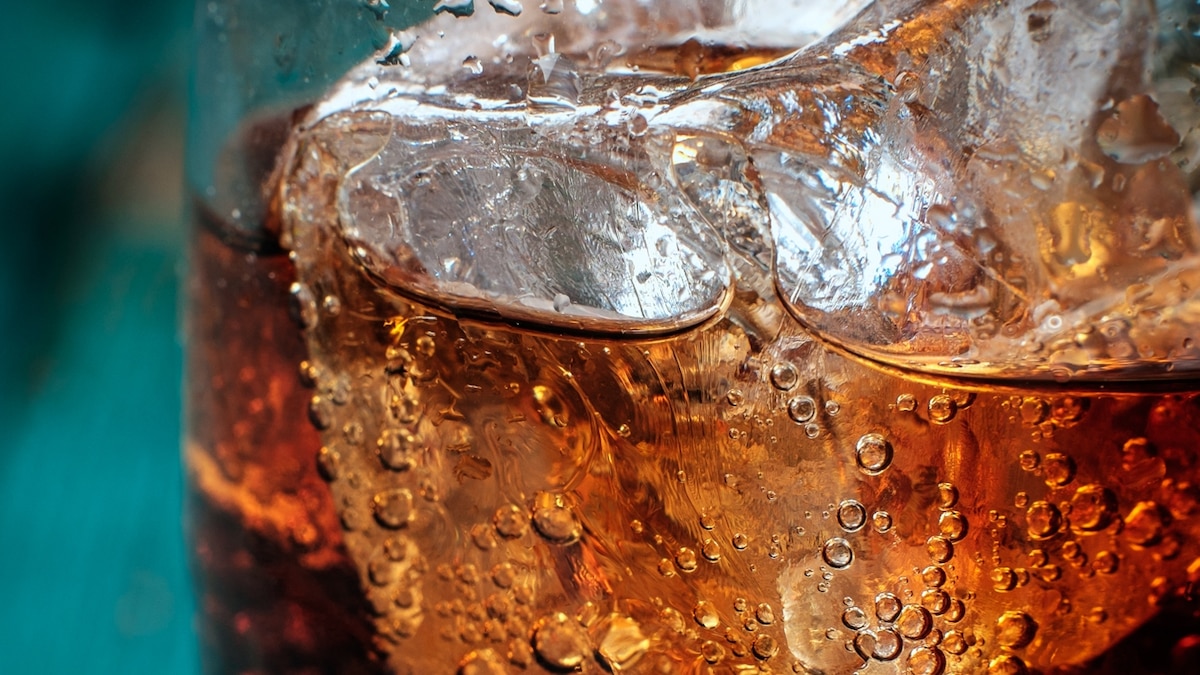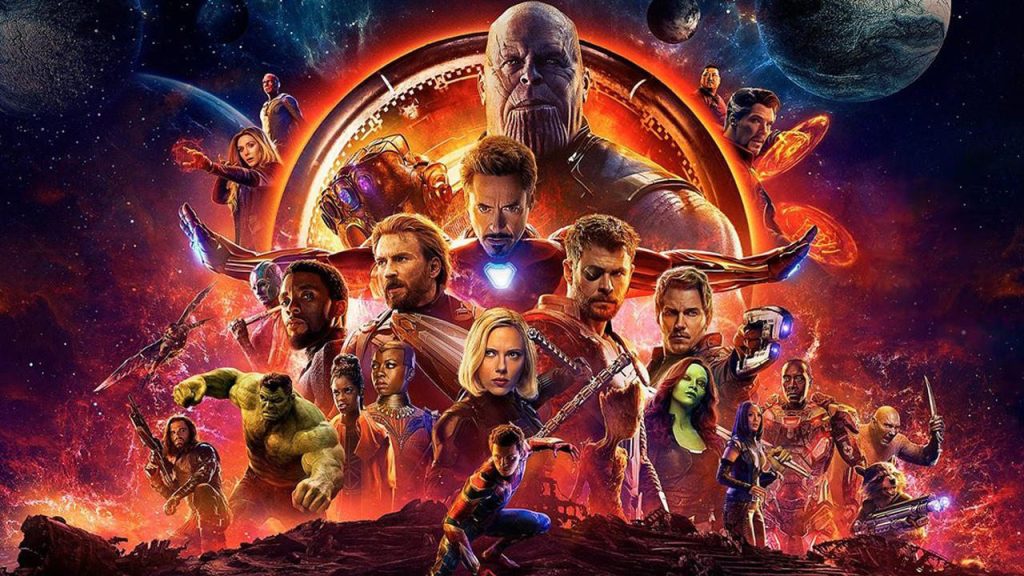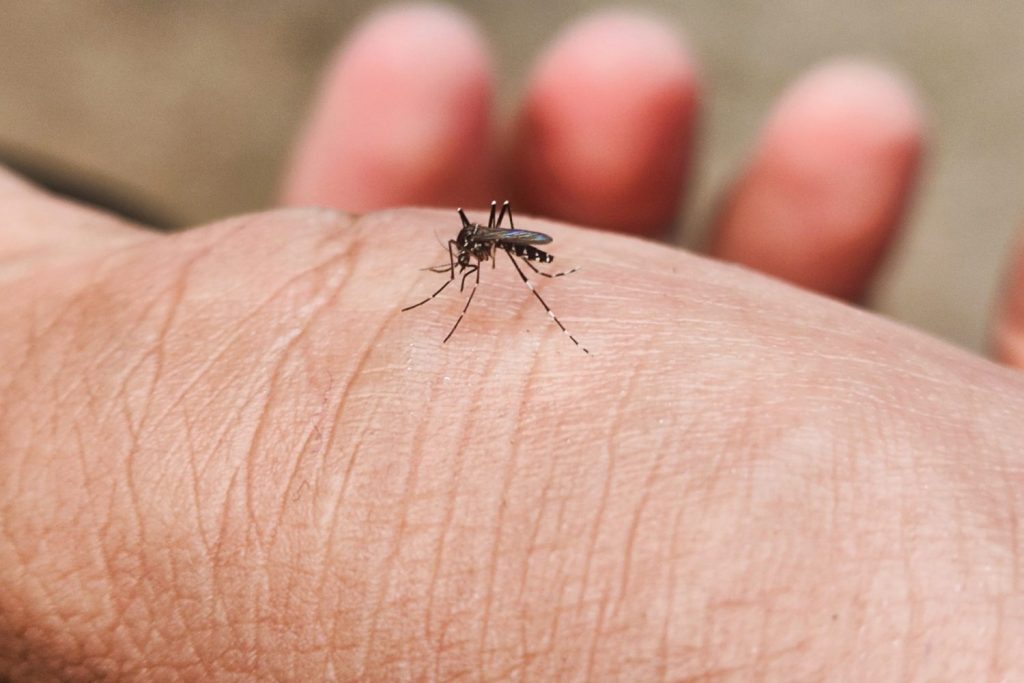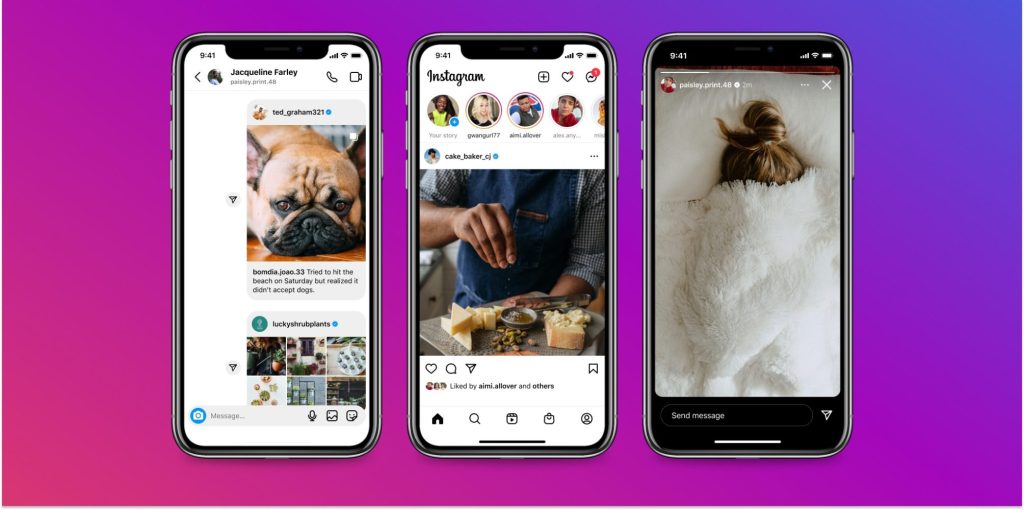Now Reading: Can drinking Coke really help with migraines? Science says yes—at least for some
-
01
Can drinking Coke really help with migraines? Science says yes—at least for some
Can drinking Coke really help with migraines? Science says yes—at least for some

Whenever I feel a migraine coming on, I reach for something with caffeine in it, such as a large Coke.
I’m among the estimated 14 to 15 percent of people who live with migraines, which is a major cause for global ill health, leading to many missed days of work and doctor’s appointments. Although there are currently a number of pharmaceutical treatments available for migraines, many long-term migraineurs have their go-to home remedies that they swear by.
Drinking caffeinated soda, such as a Coke, is one of those hacks—and I was curious to find out whether scientists agree the ingredients in soda can indeed help take the edge off an on-coming migraine. As it turns out, they do—or at least they agree it helps for some people: “There is some medical reasoning behind it,” says Katherine Carroll, a neurologist at Northwestern Feinberg School of Medicine, in Chicago.
(Why the source of your headaches might actually be in your neck.)
That might be why this home remedy has recently been making the round on social media as the so-called “McDonald’s migraine hack,” which involves ordering both a large Coke and a large fries.
Although soda may not completely take away the pain of a migraine—and shouldn’t be used as a replacement for medicine—here’s why experts say the remedy has real merit.
Why you crave soda when you’re getting a migraine
Migraines are different from other types of headaches, one of the differences being that migraines typically have four distinct phases: the prodrome, aura, headache, and postdrome phases.
During the prodrome phase, which can start hours to days before the onset of a headache, people will often experience cravings for certain foods, some of which may be the body’s attempt to stave off the migraine by addressing its underlying causes.
“In the prodrome phase, before the actual headache hits, we’re actually trying to self-medicate,” says Amanda Ellison, a neuroscientist at Durham University in England, and the author of Splitting: The Inside Story on Headaches.
Some of the common triggers for migraines include hormonal fluctuations, dehydration, high or low blood sugar, stress, sleep disturbances, changes in the weather or certain trigger foods like wine or processed meats.
You May Also Like
So a person like me may find themselves reaching for a large Coke as some of its ingredients can help with alleviating some of those triggers.
For some people, the carbonation in the Coke can help settle their stomach and soothe their nausea. “Nausea is one of the things that prolong the migraine,” says Adel Aziz, a neurologist at Hackensack Meridian Health in New Jersey. For people whose migraines are triggered by low blood sugar, the sugar in the Coke can help stave off an oncoming migraine.
However, this hack may not work for everyone, and in some cases, can make a migraine worse. “The migraine itself is not the same for everyone,” says Aziz, adding that what triggers a migraine can be different from person-to-person—and from migraine-to-migraine.
Whether drinking soda hurts or helps depends on what is triggering the migraine, as well as how much they consume. For example, a small amount of caffeine can help resolve a migraine, yet too much of it consumed habitually can actually cause migraines. If electrolyte imbalance is causing your migraine, then consuming salt can help—but too much salt can lead to dehydration, a common migraine trigger. Finally, while soda can help with low blood sugar, it’ll only make things worse if your specific problem is high blood sugar.
“Every patient is unique,” Estemalik says, adding that one of the components of successful migraine management is identifying individual triggers.
Who should avoid drinking Coke to treat migraines
However, some people should not make it a habit to reach for a Coke to treat a migraine, Aziz says, adding that he would not recommend it for people with health conditions such as diabetes, as this can make their health condition worse, or for people whose migraines are triggered by something else, as it may not work.
For people with frequent migraines, experts warn against drinking too much soda—especially if paired with fries. In that case, if someone needs a little additional support for their migraine, it can help to understand which component of the soda is helpful, such as the caffeine or the sugar, and find alternatives like a caffeine pill, a banana—or turning to more cutting-edge solutions that only a doctor can prescribe.
“The more we understand, the more we can make better choices for ourselves, and medicine will be a part of that,” Ellison says.























